Few ingredients in the world have had as big an impact on their native region as the palm nut.
Whether used in dishes like muamba nsusu or as industrial machine lubricant or even in beauty products, this tiny reddish nut (and especially its oil) did so much for West Africa… including both the good and the bad.
It should be no surprise, then, that some consider the 1800s to be the “century of palm oil” for Western Africa and the Western world.

Muamba Nsusu, Palm Oil, the Kingdom of Kongo & the Industrial Revolution
Before we make our way into this pivotal century, it’s perhaps helpful to take a look at what exactly brings us there.
To do that, we’ll briefly take a trip through the Kingdom of Kongo.
The Kingdom of Kongo
Unlike most anywhere else we’ve explored on Arousing Appetites, there’s very little written record of Western Africa’s prehistory, ancient history and even into their medieval history. For the most part, what is thought to have gone on prior to the 15th century is still a little speculative.
Between the 14th and 15th centuries, however, things changed. First came a mass migration of primarily pastoral tribes from Lake Chad westward towards the Congo basin. Upon arriving in the basin, some of the more advanced tribes took their chances at building up kingdoms.
The most notable of these was the Kingdom of Kongo sometime in the late 14th century. The Kingdom expanded quickly after its founding – annexing neighboring states and making up what is now the modern day Republic of Congo and Angola – and, by the 16th century, had grown into a Kingdom with a population of a half million people and a land area of 1,685 miles.
If you love peanuts, you might also like our other recipe on Peanut Brittles, or our salad with peanut sauce, or our Vietnamese peanut butter sauce for spring rolls or vermicelli noodle bowls!
The first Europeans to make contact with the Kongo were the Portuguese, who in the 1480s sailed up unchartered waters of the Kongo river and right into the heart of the kingdom. What they found was an advanced state with a healthy mercantile activity, and the Portuguese very quickly began trading with their newfound commercial partners.
Earlier on, the two parties coexisted very amicably, and several of the Kongo rulers even converted to Christianity and adopted Portuguese names like Joao I and Afonso I.
The honeymoon period didn’t last long, however, and the Kingdom would soon be afflicted with two difficult forces: political instability and slavery.
Slavery in Kongo
Fairly soon after its heyday, the Kingdom of Kongo collapsed into utter chaos, and there were two major culprits for this precipitous decline.
The first was political instability, both from the inside and the out. Succession proved to be a major point of contention for the royals throughout the Kingdom’s entire history, and it left swathes of the vast expanses of land repeatedly fragmented.
The Europeans, to their non-credit, didn’t help matters. Various European powers – such as the Dutch and Belgians – exerted their own might in the region to drive their own geopolitical interests and improved command over the Kingdom’s economic resources.
By the onset of the Kongo Civil War in the late 17th century, the rich economic foundation on which the Kingdom was built had been ravaged. For many of the royals, one of the remaining sources of lucrative income came from a slave trade involving its own citizens.
Technically, the slave trade had always been a part of the Kingdom’s history and especially the economic history between the Portuguese and the Kongo, but this trade had been maintained as a controlled practice. Under the rule of earlier Kongo kings, no more than 10,000 people were year could be traded with the Europeans, and it often came with hefty prices and/or financial or military assistance along side it. As the instability and chaos crept in, however, it became harder for the sovereigns to maintain these caps on the slave trade – although their influence didn’t seem very enforceable anyways.
It wouldn’t be until the 19th century when the slave trade was abolished, and a new. more legitimized era would be ushered into the region.
Enter the Palm Oil Industry
The oil palms had always played a significant role in the history of Western Africa. Especially from the particular Elaeis guineensis species, the nuts from these trees were highly versatile and offered a high-quality source of nutrition for inhabitants maybe as far back as 5,000 to 6,000 years ago. It was also helpful that it was readily abundant in the tropical climates between modern-day Sierra Leone and Congo.
The oil from these nuts in particular, or palm oil, was actively traded even in the early days of the Kongo kingdom. One of its main value propositions was that it provided a cheap, easy source of nutrition for slaves as they were transported overseas and in the early days of their new environment. With a high saturated fat content and significant amounts of vitamin A and beta carotene, palm oil was very effective and popular as a cooking oil.
The 19th century and the abolition of the slave trade, however, is when the palm oil trade absolutely boomed, and it had a lot to do with the corresponding Industrial Revolution in Europe and Britain. In addition for being highly sought after in the beauty and cosmetics arena – since it offered an important source of glycerine – palm oil became a dependable and valuable lubricant for new industrial machinery that many turned to in lieu of slaves.
In an era of so-called “legitimate trade” for post-slavery West Africa, the palm oil was an economic savior. British demand alone for palm oil went from 200,000 pounds in the early 19th century to 127 million pounds by 1895.
Granted, there are less glamorous pieces to this puzzle. Some argue that the “century of palm oil” was what caused the severe political instability in West African regions that ultimately led to (re-)colonization by Europeans, and the overproduction and deforestation of oil palm trees remains an ecological issue to this day.
Nevertheless, it is hard to overlook that – at least on the surface – the expanded role of palm oil helped many economies in the region transition away from slavery and towards more legitimized, sustainable practices.

About the Recipe
As you might have guessed, the reason we’ve been talking about palm oil is because it is at the heart of so many Congolese dishes, muamba nsusu included.
At the heart of this chicken, peanut and palm oil stew is the moambe or mwambe sauce. The sauce is made with palm oil and serves as the basis for a multitude of West African dishes. Muamba nsusu is a recipe that leverages this moambe sauce to create a more stewy soup or curry also flavored with peanuts, chickens and various vegetables. If you love peanut butter but prefer a vegetarian (and spicy) version instead, try our Zimbabwean peanut stew (dovi), made with 1 cup butter and vegetables such as okra and chili peppers.
Making muamba nsusu is fairly easy and, for the most part, pretty hands-off. You’ll start by cooking your palm oil with onions and any other aromatic ingredients, followed by your chicken. Often you’ll want to marinate your chicken slightly ahead of time with lemon juice and chili peppers, although some recipes might not mention you do this. For what it’s worth, we liked it.
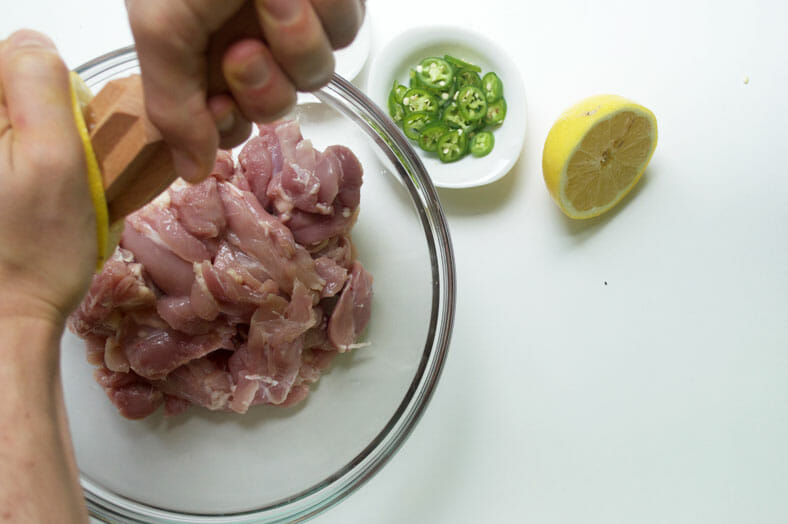
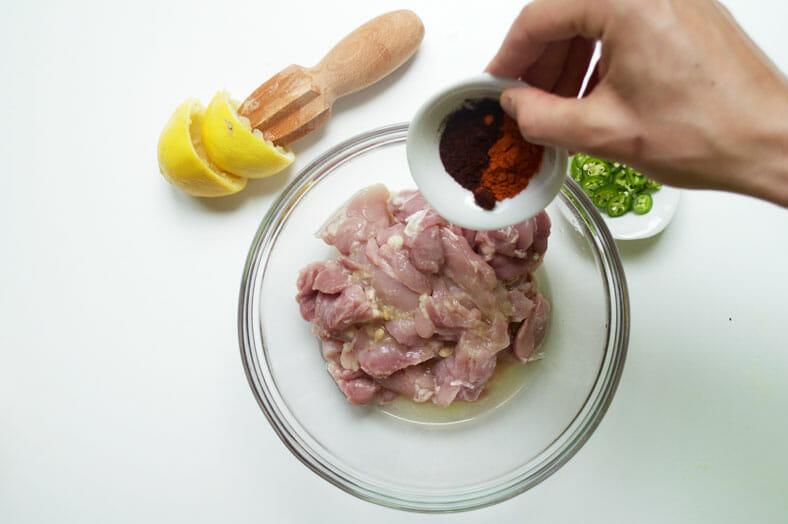
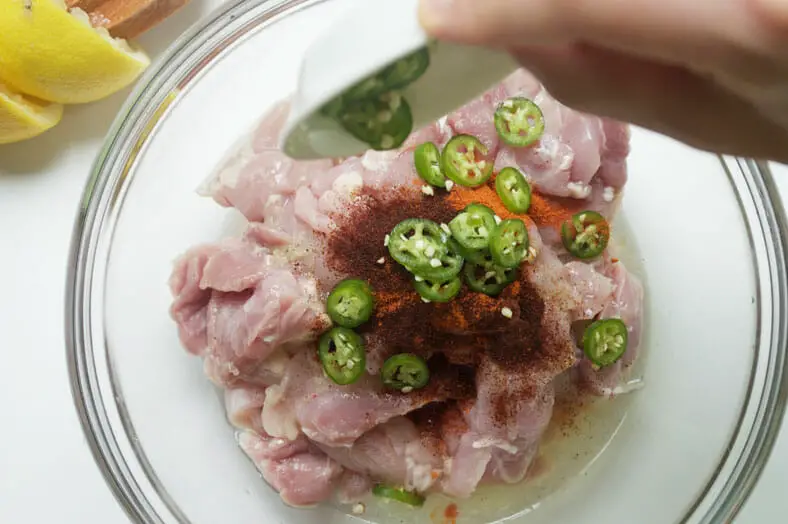

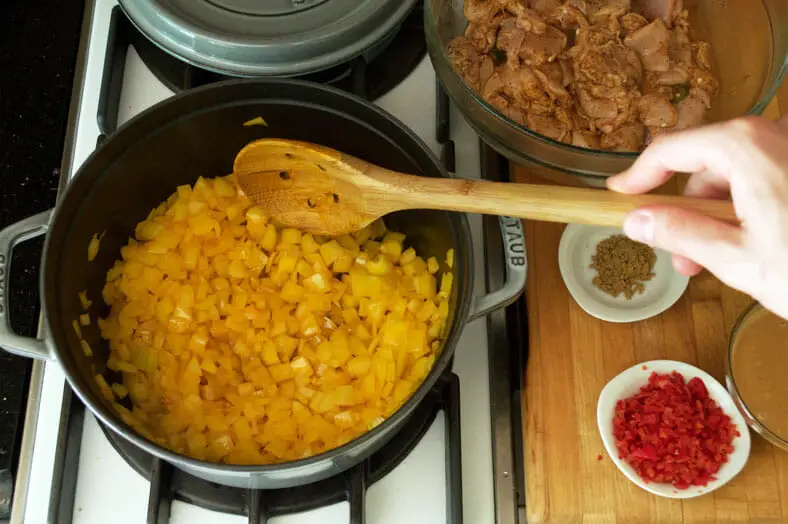
Once you’ve added your chicken, you’ll let it sear and pre-cook for a bit before adding in more of your ingredients. Next will come in your vegetables like spinach, tomatoes, cassava if you desire, as well as any other spices like paprika or cayenne.
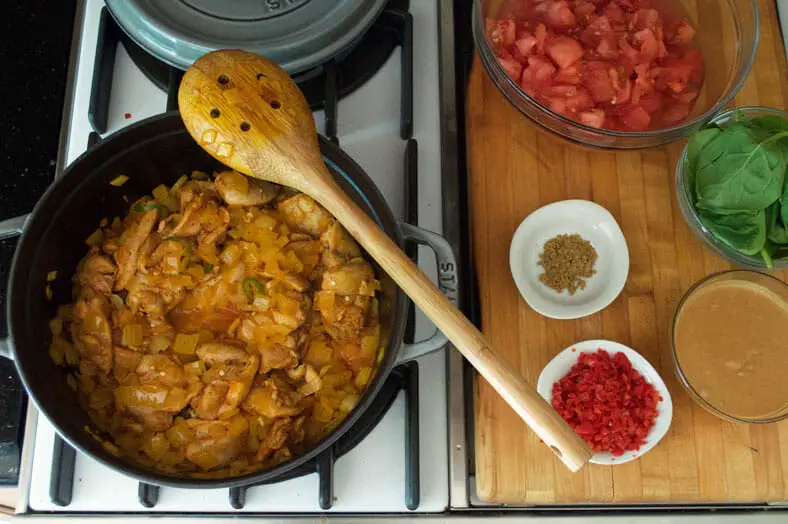
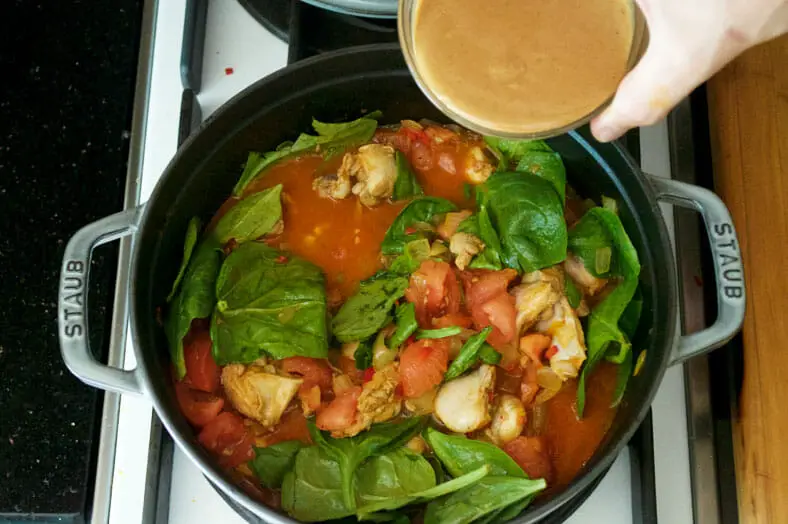
Cook around your vegetables a bit, then add in your broth and some creamy peanut butter. Once the peanut butter has dissolved and distributed throughout your entire muamba nsusu, cover your pot and let it all simmer together for at least 45 minutes.
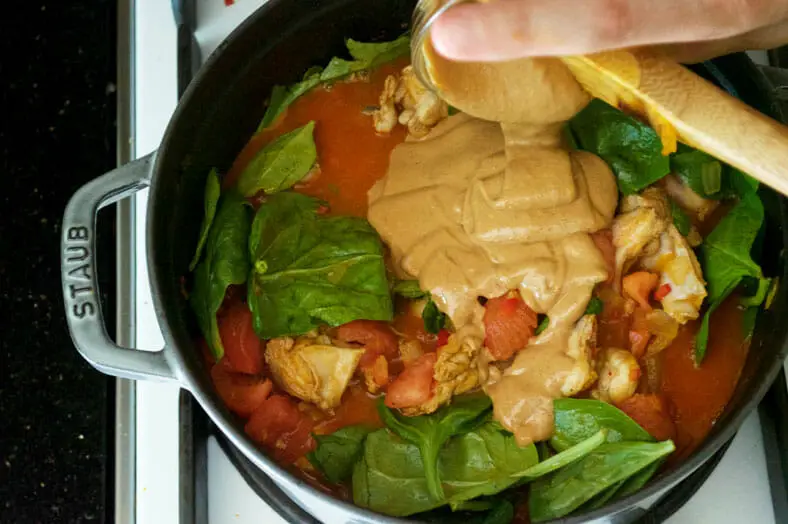
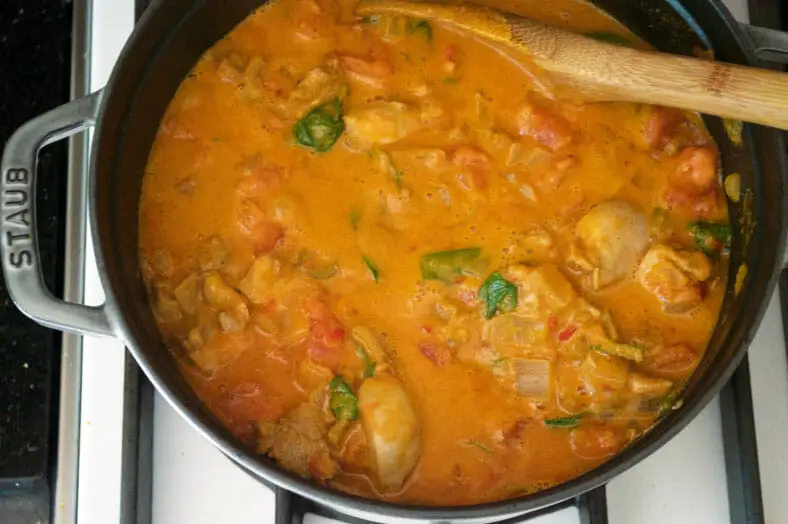
Our Take on the Recipe
This was a recipe we were looking forward to, if anything because our reference resource, The Congo Cookbook, is so incredibly thorough and good with its take on all sorts of African recipes. We hope our muamba nsusu is an appropriate homage to the site.
Despite its clear expertise in the area, we still opted to make some changes to our own muamba nsusu. For starters, we added ingredients touches of cumin and turmeric into the stew, both of which we think helped add a deeper color and flavor to the dish.
One of the major changes we made was to the core ingredient of muamba nsusu: the moambe sauce. Instead of using pre-made sauces, which we found weren’t very accessible nor particularly unprocessed, we opted to improvise. We used creamy peanut butter mixed with some vegetable broth, and we slightly upped the amount of palm oil used in the beginning of the recipe to recreate as much moambe as we could.

Otherwise, there’s not much else that needed to be adjusted. In addition to being so enjoyably hands-off, muamba nsusu requires little work and only simple ingredients to create a rich and highly nutritious meal.
Serve with your choice of either fufu, rice, plantain or yam, and buckle up for one delightful meal.
Enjoy!
How do you prepare your muamba nsusu? Comment below!

Food styled by: Phil Roepers


Not cool. that sentence was originaly written by http://tinyurl.com/orhxs63
You guys are beyond creative and this is just another winning dish- You need a cookbook! This stew looks so hearty and comforting!
Hahah thanks Arman! Your support means the world, and we’re thinking about a cookbook down the road for sure 🙂
With a peanut butter-flavored sauce – how can this not be delicious! It looks seriously appetizing and I just need a bowl of rice to have with it! Yum!
Thanks Manila Spoon! And yes, it’s really appetizing and would go really well with some rice too 🙂